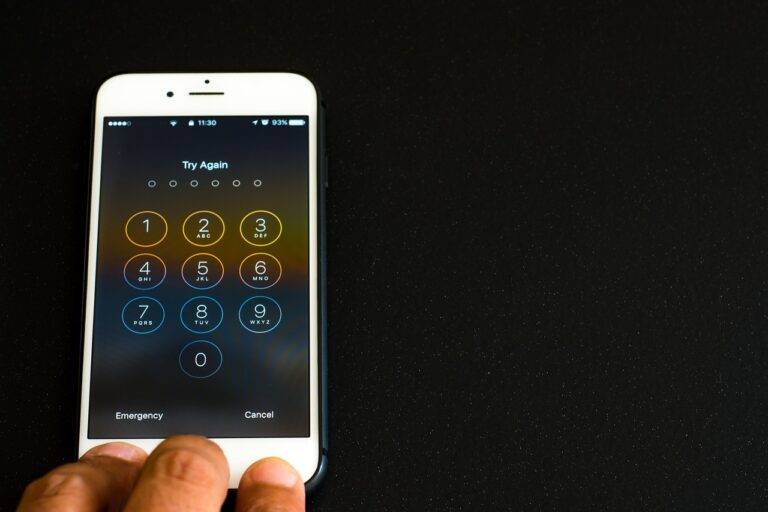Augmented Reality in Cultural Heritage Preservation: Virtual Museum Tours
Exploring a virtual museum tour offers a unique opportunity for individuals to delve into cultural and historical artifacts from the comfort of their own homes. With just a few clicks, users can access a wide array of exhibitions and collections that might not have been easily accessible to them otherwise. This aspect of convenience has opened up doors for art enthusiasts, students, and curious minds to immerse themselves in the world of art and history without the constraints of physical distance.
Moreover, virtual museum tours can cater to a diverse range of audiences, including those with mobility challenges or individuals residing in remote locations. This inclusive approach ensures that everyone has the chance to appreciate and learn from the treasures housed within these institutions. By harnessing the power of technology, museums can transcend their physical limitations and reach global audiences, sparking a renewed interest in heritage preservation and cultural awareness.
Challenges in Implementing Augmented Reality in Cultural Heritage Preservation
Augmented reality (AR) has emerged as a promising technology for enhancing the preservation of cultural heritage, yet its implementation comes with its own set of challenges. One major obstacle is the high cost associated with creating and maintaining AR applications for heritage sites. Developing AR content requires specialized skills and resources, which can be a significant financial burden for cultural institutions with limited funding.
Another challenge in implementing AR in cultural heritage preservation is the need for accurate digital representations of historical artifacts and sites. Ensuring the authenticity and fidelity of the virtual reconstructions is essential for providing an informative and immersive experience to visitors. Issues such as data accuracy, visual coherence, and cultural sensitivity must be carefully considered to avoid misrepresentations or inaccuracies in the AR content.
What are the benefits of virtual museum tours?
Virtual museum tours allow people to explore cultural heritage sites from the comfort of their own homes, making these sites accessible to a wider audience. They also provide an immersive and interactive experience, enhancing visitors’ understanding and appreciation of the cultural heritage.
What are some challenges in implementing augmented reality in cultural heritage preservation?
Some challenges in implementing augmented reality in cultural heritage preservation include the high cost of developing and maintaining AR technology, the need for specialized skills and expertise to create AR content, and the potential for technical glitches or compatibility issues with different devices.
How can augmented reality enhance the preservation of cultural heritage?
Augmented reality can enhance the preservation of cultural heritage by providing interactive and engaging experiences for visitors, helping to bring historical sites to life and increasing visitor engagement and understanding. It can also facilitate the conservation and documentation of cultural heritage sites through digital mapping and 3D modeling.
Are there any privacy concerns associated with implementing augmented reality in cultural heritage preservation?
Yes, there can be privacy concerns associated with implementing augmented reality in cultural heritage preservation, particularly if AR technology is used to collect personal data from visitors or to track their movements. It is important for organizations to consider and address these privacy concerns when implementing AR technology in cultural heritage preservation initiatives.





